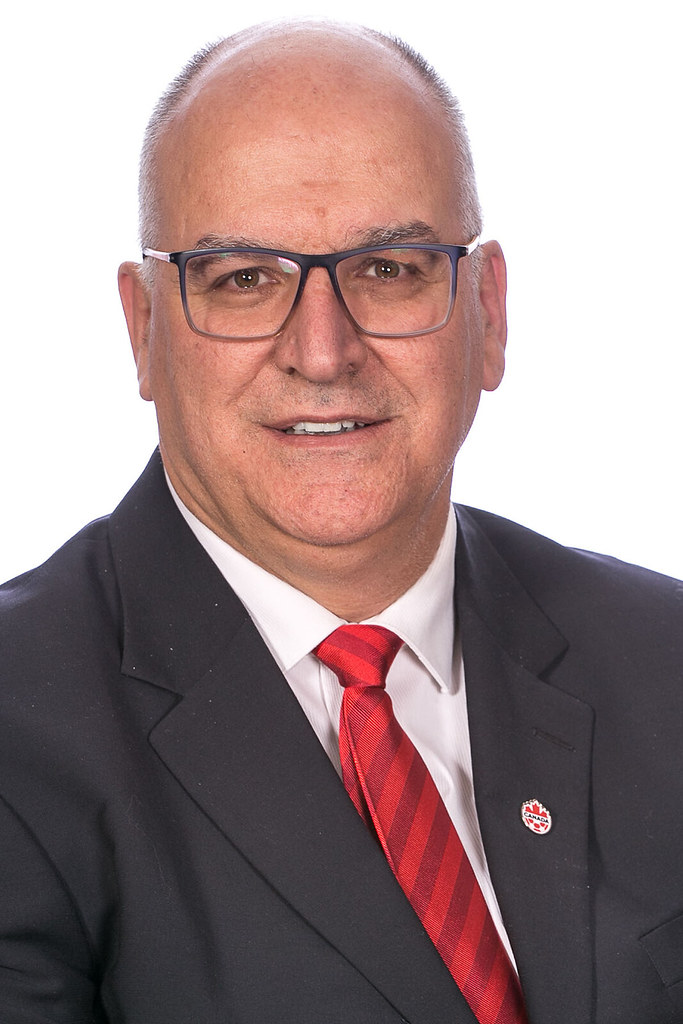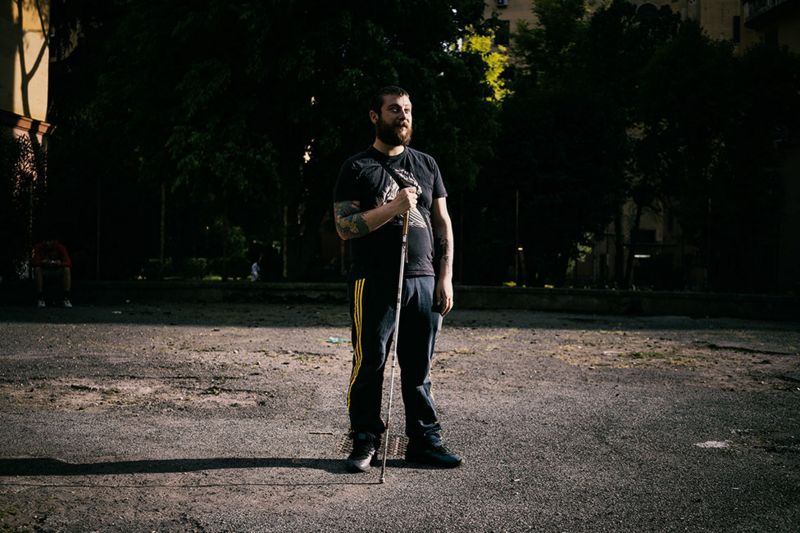Accessibility Standards Canada: A year in focus

Can I just say I have wanted to have this particular conversation for a long time!
My guest today was Chairperson for Accessibility Standards Canada, Paul-Claud Berube. I, and just about all of us, are really excited and hopeful about the Accessible Canada Act- and the department tasked with creating and recommending accessibility Standards. Our conversation was a look back on the first year for Accessibility Standards Canada and a look ahead to ongoing goals and priorities.
Usually I offer additional thoughts on the episode on this blog. But this was a special episode in several ways. If you have time, I encourage you to listen to this episode. I wanted it to be informational. I wanted to assure you (and myself) that work was happening, and progress being made. I asked the questions I hope you would have wanted me to ask.
You can check out the podcast for The Pulse on your favourite platform.
Also, I want to engage with you. If I missed a question- please tell me! If I can follow-up on something- please let me know! You can find me on twitter. I’m at @joeitagupta and AMI-audio is at @amiaudio- and pleas use the hashtag #pulseAMI.
You can also reach out to Accessibility Standards Canada; call them for information and documents at 1-833-854-7628.









